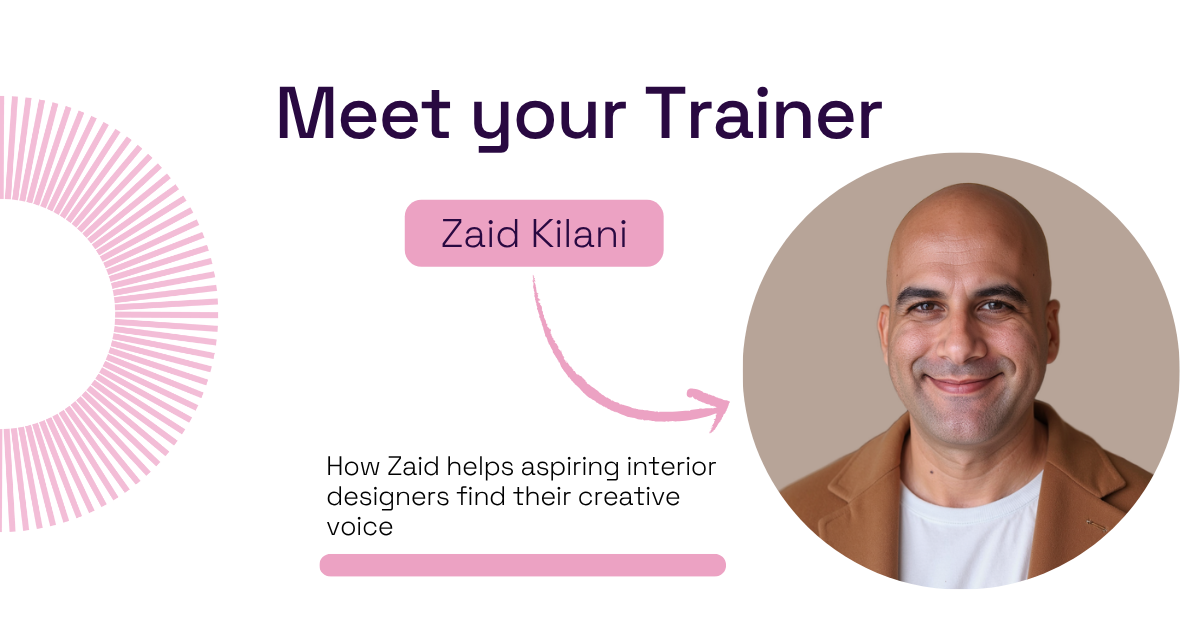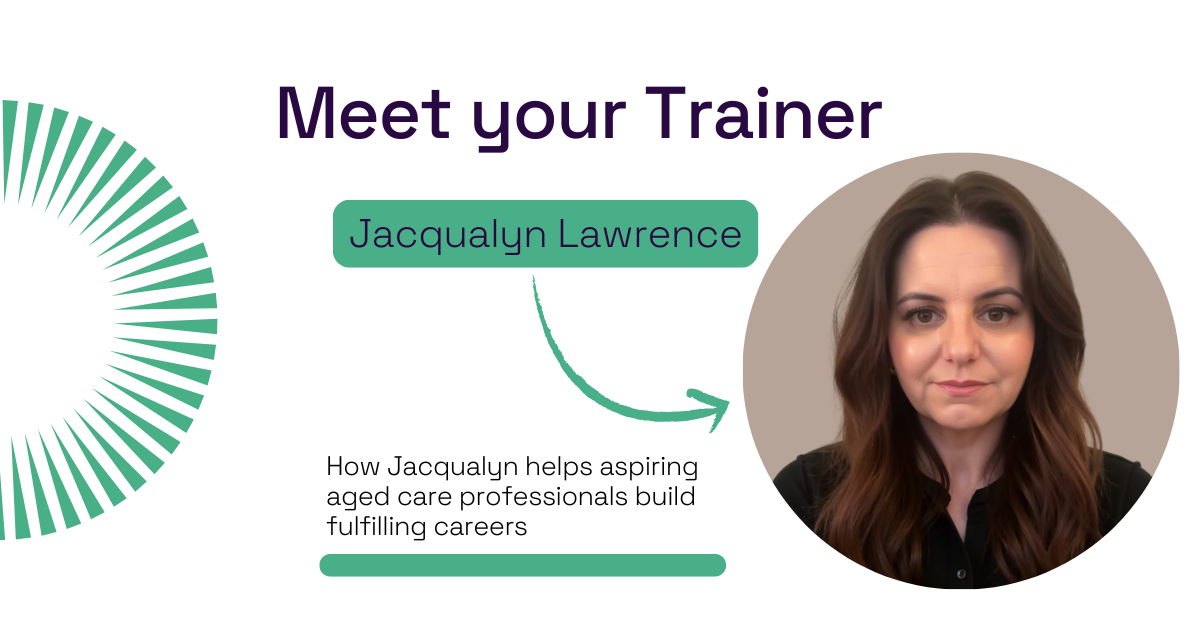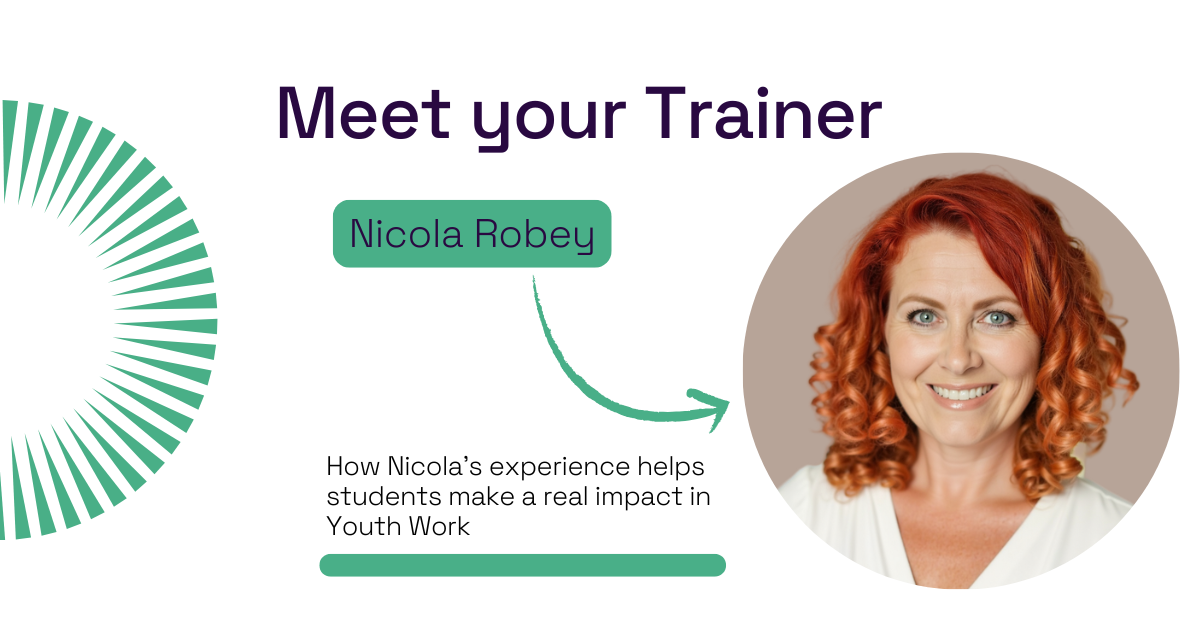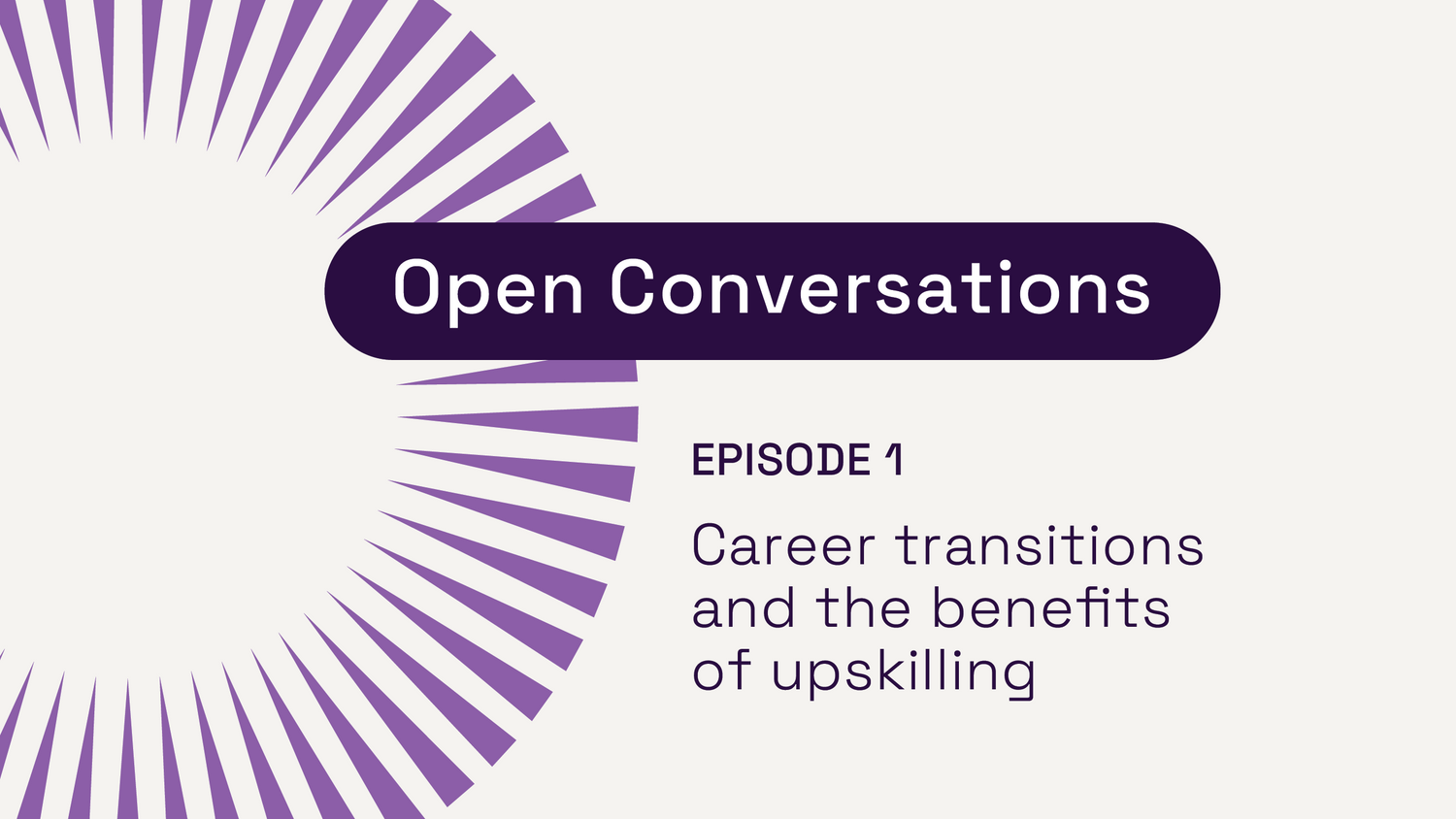Explore our collection of informative and educational blog posts to stay updated on the latest industry trends and expert advice.
What Is Mastery Learning?

In the 1970s, educator Benjamin Bloom found that students fared better when they were allowed to master each course topic before moving on to the next. This is called mastery learning, and it stands in stark contrast to the traditional method of forcing students to move on whether they’ve mastered a course topic or not. The former has been found to lead to better long-term learning outcomes, and has recently been revived as a popular approach in classroom settings around the world. In this post we’ll cover what mastery learning has looked like in the past, what it looks like now, and how to use the approach yourself.
Who came up with mastery learning?
The concept of learning for mastery has been around since the 1920s, when Washburne and Morrison introduced school programs that focused on mastering learning tasks over time spent on such tasks. Skinner picked up where they left off in the 1960s, showing that “the learning of any behavior, however complex, rested upon the learning of a sequence of less complex component behaviors.” Later in the same decade, educator Benjamin Bloom was researching individual learning differences in graduate students and found that outcomes could be systematically improved by adjusting teaching to the rate, not the level, at which a student learns. Although mastery learning techniques were adopted fairly widely after Bloom and colleagues developed instructional methods for it, its popularity declined in the 80s due to resistance to change from established educational systems. It is now being reintroduced into educational settings around the world, including in Australia.
What is mastery learning?
By definition, mastery learning focuses on mastering topics rather than exposing students to material and letting them fend for themselves. In traditional instructional models, students are expected to absorb new material as best as they can during the unit, and if they have not mastered the material come exam time, they receive no second chance to do so. This model results in long-term issues in both knowledge retention and foundational knowledge as preparation for more complex knowledge. The idea behind mastery learning is that students focus on building that foundation before constructing more knowledge on top of it.
How do you teach mastery?
The mastery learning approach involves breaking down a curriculum into smaller parts (1-2 weeks’ worth of material) that will be taught throughout the course. Assessments are given throughout the course not as final measures of mastery but as a way to gauge mastery level and adjust the approach accordingly. The instructor evaluates where students’ strengths and weaknesses lie and adapts his or her learning materials to suit them. Feedback is given directly to each student and exercises, study guides, group work, and online resources are provided to help students improve their knowledge. These are called corrective activities. Students who already mastered the topics are given enrichment exercises (special projects or academic games) to deepen their knowledge.
Mastery learning may not hit mainstream Australian education for some time, but it is currently being implemented in independent and out-of-school contexts as part of intensive learning and homework programs. These initiatives have been shown to have a positive impact on learning. As instructional models become more experimental in order to flexibly meet the needs of students in this age of online education, mastery learning will become an appealing option to help improve outcomes for students who might otherwise be left behind.








